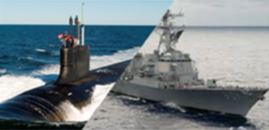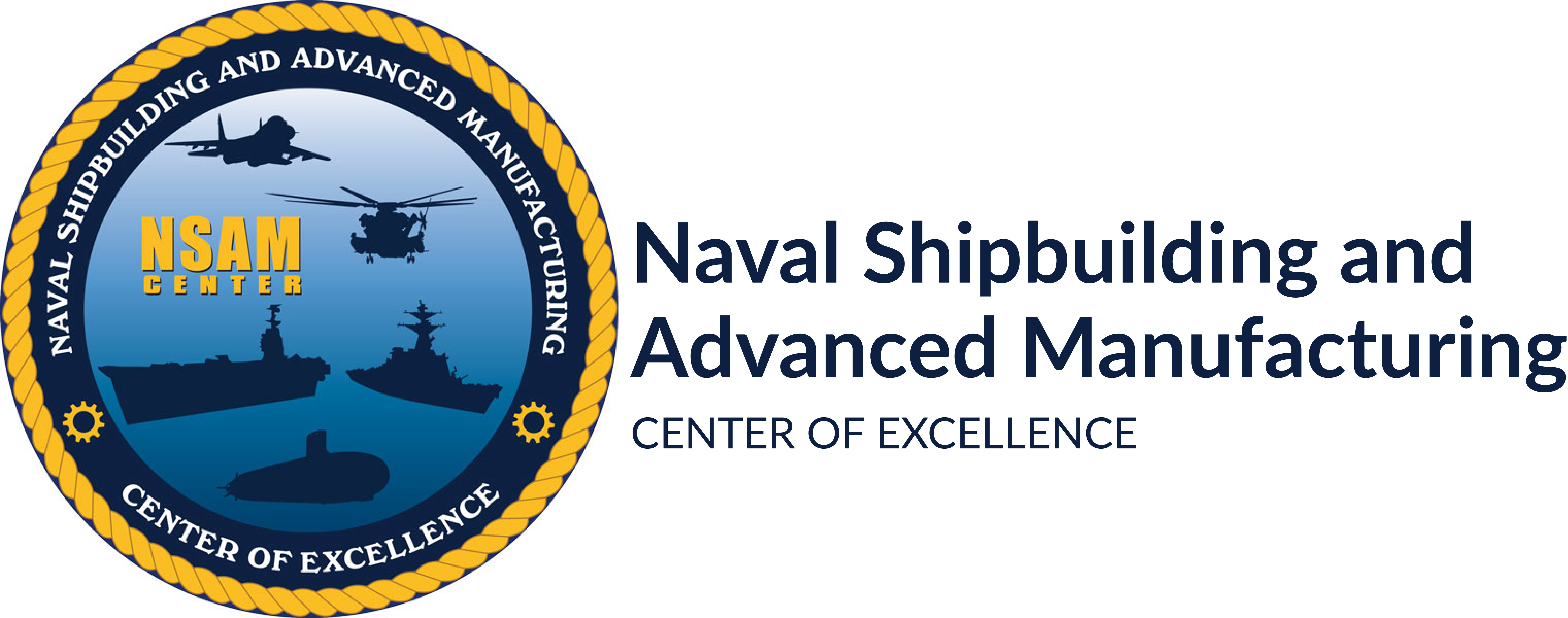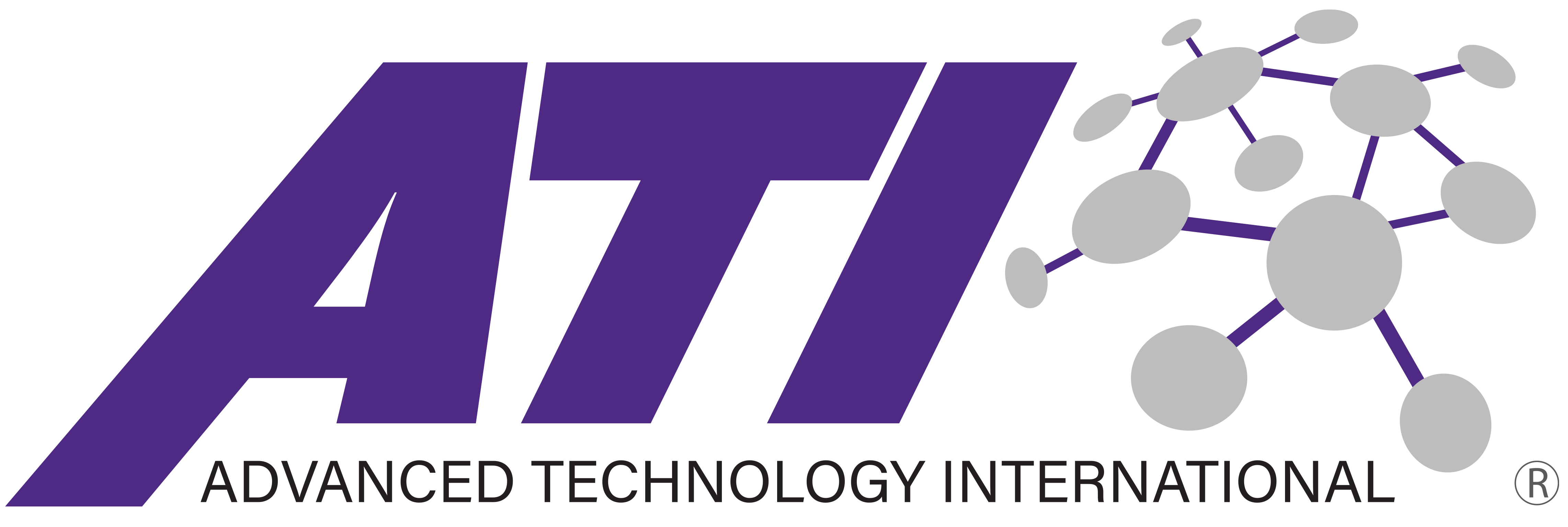Project Participants: General Dynamics Bath Iron Works & General Dynamics Electric Boat
Project Start: February 2021
During the shipbuilding process there are numerous planned and unplanned “load outs” entailing the installation or removal of Customer Furnished Equipment (CFE), Government Furnished Equipment (GFE), and fabricated subsystems during some of the later stages of construction. In many cases, load outs involve the rip out of surrounding structure, grating and other potential interfering objects in way of load out activities.
Planned load outs take place at a specific stage of construction and follow a pre-determined path and approach for rigging and landing the component so that potential interferences between the component and any objects within that path are already known. Ideally the designed travel path for each component correctly identifies possible interferences ahead of time and only those objects are removed. However, the differences in as-built configurations of the ship often cause additional interferences within the load out or removal path that were not accounted for in the design. Unplanned load outs and removals entail movement of major equipment not foreseen in the build plan or out of sequence according to the plan. These can include removal of defective equipment or delayed deliveries. If equipment has no requirement for removal and maintenance, then no removal route is built into the design. Both planned and unplanned load outs require a travel path to be determined and all interferences identified.
The Virtual Load Out Interference Detection project, managed by the Naval Shipbuilding and Advanced Manufacturing (NSAM) Center will develop an augmented reality application that will be used to identify interferences in the load out path in real time, on the deck plates prior to the load out process. The application will utilize a virtual object based on CAD models or a 3D scan that corresponds to the shape of the equipment. At BIW, the mechanic using the application will move the virtual object through the load out path to identify and verify interferences in order to minimize unnecessary rip out. EB would use this tool to allow the Riggers themselves to be able to walk a component out of the ship directly. There would be no need to run the time consuming simulations because the trades will be able to load the component into the AR session and see the interferences directly related to the as built conditions of the ship.
This project is expected to result in a combined 5 year savings of approximately $3.3M. The Virtual Load Out Interference Detection technology is expected to be implemented at both BIW and EB facility during the first quarter of FY23.




